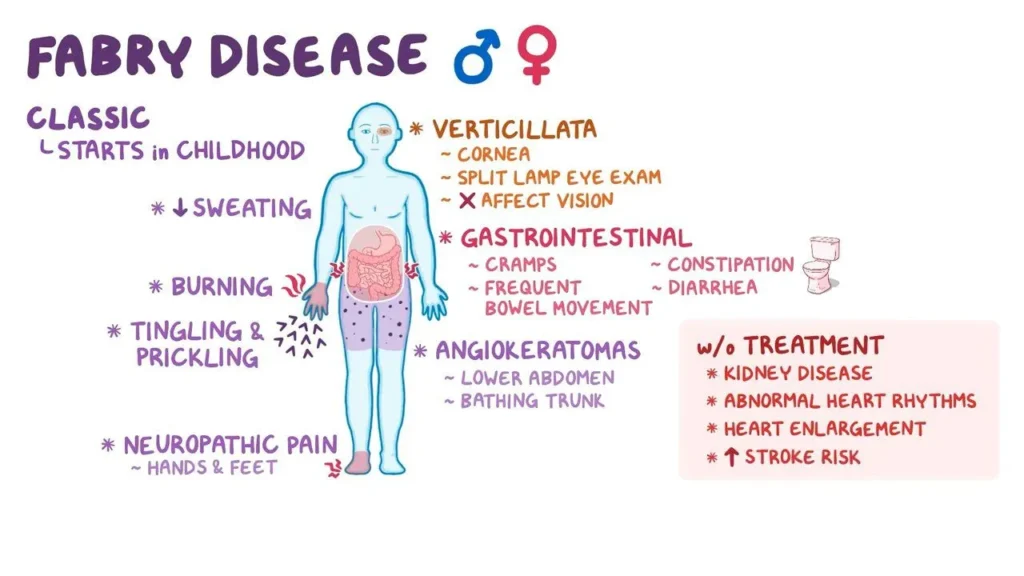A fracture is a break in the continuity of a bone. It can result from trauma, overuse, or medical conditions that weaken bones.
Types of Fractures
- Closed (Simple) Fracture: The bone breaks but does not pierce the skin.
- Open (Compound) Fracture: The bone breaks and protrudes through the skin, increasing the risk of infection.
- Stress Fracture: A small crack in the bone due to repetitive stress or overuse, common in athletes.
- Comminuted Fracture: The bone shatters into three or more pieces, often resulting from severe trauma.
- Greenstick Fracture: An incomplete fracture where the bone bends but does not break completely, often seen in children.
- Hairline Fracture: A thin crack in the bone that may not cause significant displacement.
Causes
Fractures can occur due to a variety of causes, including:
1. Trauma
- Falls: Common in elderly individuals or during sports activities.
- Accidents: Car crashes, collisions, or workplace injuries.
- Direct Impact: Forceful blows to a body part.
2. Overuse
- Repetitive Stress: Activities that involve repetitive motions, such as running or jumping, can lead to stress fractures.
3. Medical Conditions
- Osteoporosis: A condition that weakens bones, making them more susceptible to fractures.
- Cancer: Certain types can weaken bone structure.
- Infections: Osteomyelitis or other infections can compromise bone integrity.
4. Age
- Children: Growing bones are more flexible but can still fracture during physical activities.
- Elderly: Bones tend to be weaker and more brittle, increasing fracture risk.
5. Bone Diseases
- Conditions such as Paget’s disease or bone cysts can weaken bones, making them more prone to fractures.
6. Nutritional Deficiencies
- Lack of Calcium or Vitamin D: Essential for bone health, deficiencies can lead to weakened bones.
7. Certain Medications
- Long-term use of corticosteroids or certain other medications can weaken bones and increase fracture risk.
Symptoms
The symptoms of a fracture can vary depending on the type and severity, but common signs include: read more



